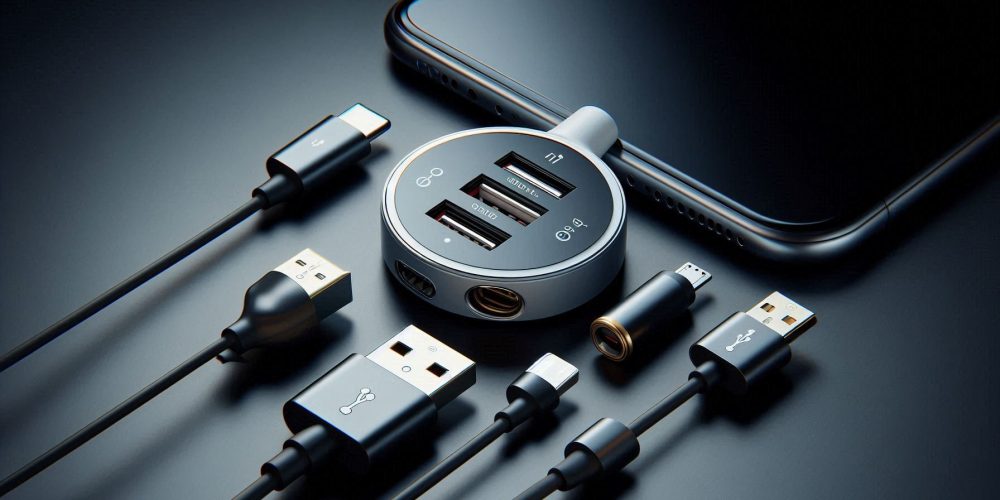
Mobile charging ports have come a long way, and with so many choices available today, it can be a bit confusing. In this blog, we’ll break down the most common charging ports, what they offer, and why USB Type-C is becoming the go-to option for many devices.
1. USB Type-C: The Future of Charging
What It Is: USB Type-C is the latest and most versatile charging port, capable of charging devices, transferring data, and even connecting to screens. It’s reversible, allowing you to plug it in either way—no more fumbling around!
Why It’s Great:
- Super Fast Charging: Type-C can deliver more power, meaning your devices charge faster.
- Compatible with Many Devices: More gadgets are adopting this port, so your next phone or laptop will likely have it.
- Ready for Tomorrow: As technology evolves, Type-C will continue to improve, making it a smart choice.
2. Micro USB: The Old Reliable
What It Is: Micro USB has been around for a while and used to be the standard for smartphones and tablets.
Why It’s Good:
- Widely Used: Many older devices still have micro USB ports, so you may already own compatible cables.
- Affordable: Micro USB cables are easily found and usually inexpensive.
Drawbacks:
- Slower Charging: Compared to USB Type-C, micro USB charges devices at a slower speed.
- Not Reversible: You have to plug it in the right way, which can be inconvenient.
3. Lightning Port: Apple’s Own Connector
What It Is: The Lightning port is used exclusively by Apple for devices like iPhones and iPads.
Why It’s Good:
- Quick Data Transfer: Lightning cables can transfer data faster than older ports.
- Compact Size: The small connector fits well with sleek device designs.
Drawbacks:
- Limited to Apple: You can’t use it with non-Apple devices.
- Can Be Expensive: Lightning cables often cost more, and finding replacements can be challenging.
4. Big and Small Round Ports: The Older Generations
What They Are: These are older round connectors often used for laptops and various gadgets.
Why They’re Good:
- Durable: They’re built tough and can withstand a lot of use.
Drawbacks:
- Not Compatible Across Devices: Different sizes result in a tangle of chargers for various gadgets.
- Bulky: They take up more space than newer designs.
The Call for a Universal Charging Standard
With so many different ports available, there’s a growing desire for a universal charging standard. This would allow all devices to use the same charger, reducing waste and making life easier.
Benefits of a Universal Standard:
- Less Waste: Fewer chargers mean less electronic waste.
- More Convenience: Imagine carrying just one charger for all your devices!
- Lower Prices: Increased competition in a standardized market could lead to cheaper chargers.
In Conclusion
As technology advances, charging ports are evolving too. While USB Type-C is leading the way, it’s beneficial to be aware of the various types available. Choosing the right one can simplify your life and increase efficiency.
In a world that values convenience and sustainability, advocating for universal charging ports may be the next step toward a smarter future. Let’s hope manufacturers take note so that we can all benefit!